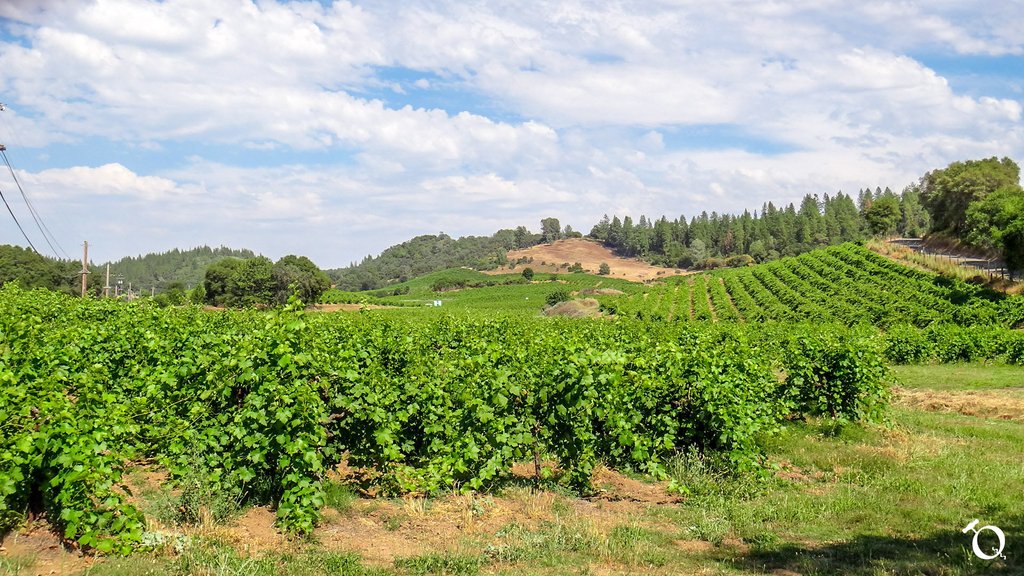October 4th - This Date in Wine History
/Wine has a long established history of being our drink of choice for celebrating, entertaining, and savoring life; but it didn't start out that way. From the invention of the barrel to the designation of the separate viticultural areas, wine has a long and sorted history. In our daily feature "This Date In Wine History," we share an event of critical importance in wine history.
Louis X of France was born in 1289. He was an avid player of jeu de paume, also called real tennis and died after an exhausting match and drinking a large quantity of cooled wine.
The California Agricultural Experiment Station received a shipment of Mondeuse grapes from the J. Gallegos, Experimental Pot, Mission San José in 1889. The grapes were in good condition, if overripe and were crushed the same day.
California's Fiddletown and Paso Robles AVAs were designated in 1983.
Washington's Puget Sound AVA was designated in 1995.





